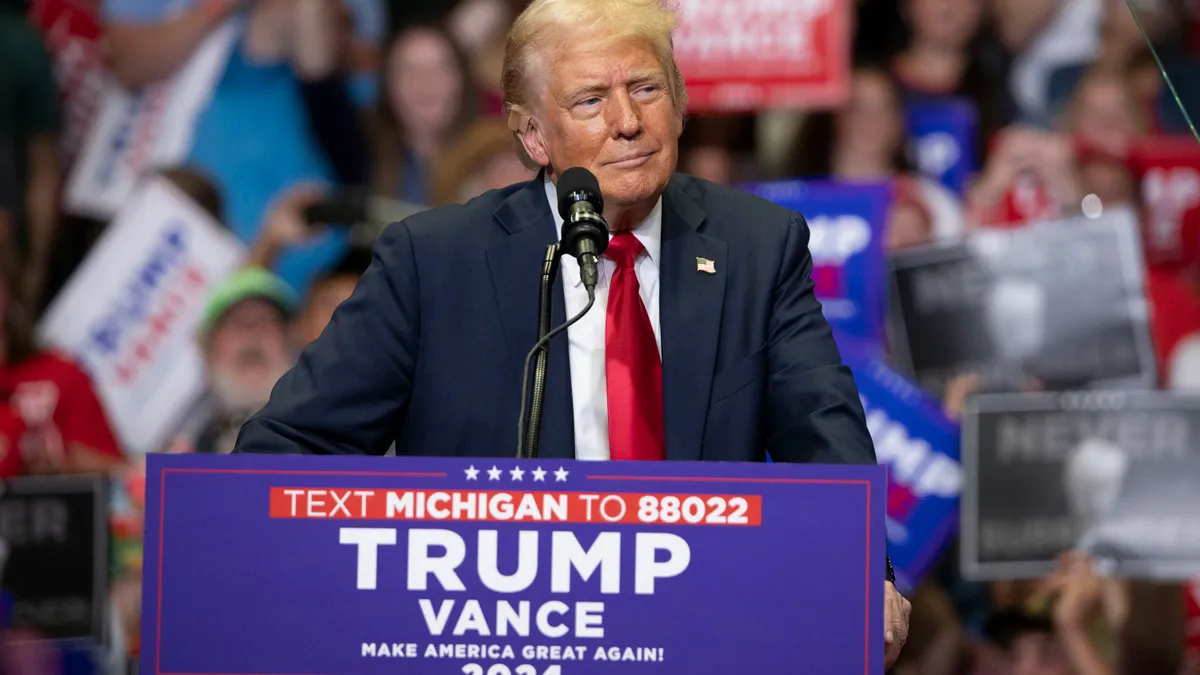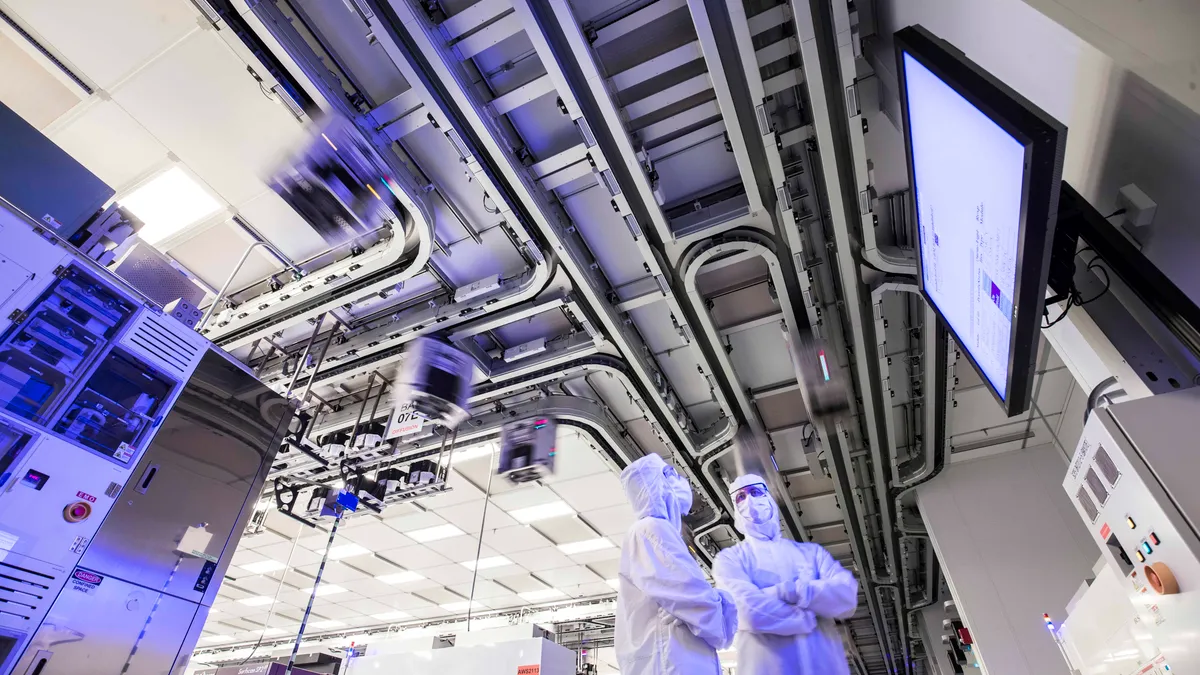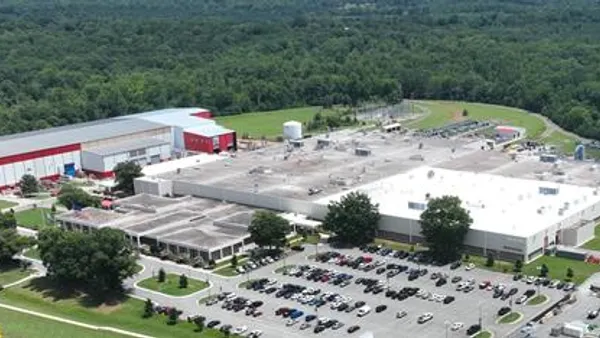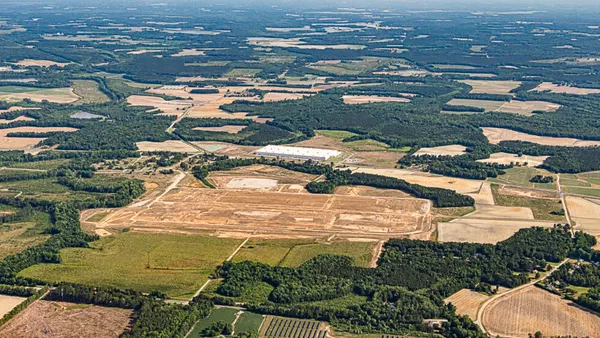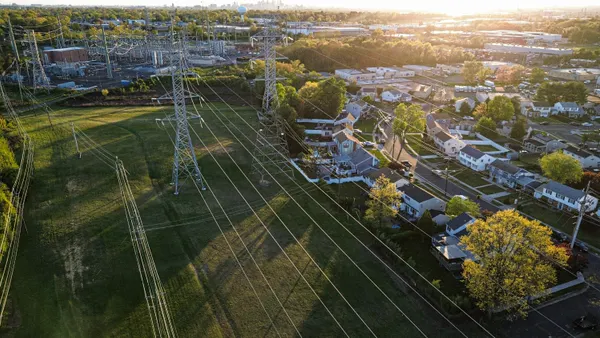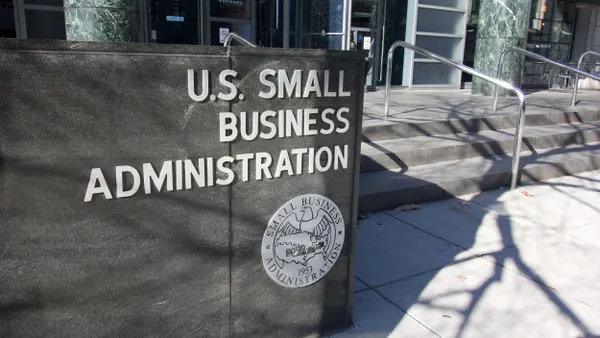The manufacturing industry sunk deeper into economic contraction last month, weighed down by political uncertainty and unwaveringly high interest rates, according to July purchasing manager indices.
The Institute for Supply Management’s July PMI came in at 46.8%, down 1.7 percentage points from June as demand continues to slow. The new orders index dropped nearly 2 percentage points to 47.4%, pushing production down as well to 45.9%, as companies slowed output in response to stalled demand.
A reading below 50.0% on a PMI index signals economic contraction.
"We are entering into a deeper slowdown period as demand remains elusive," Timothy Fiore, chair of ISM’s Manufacturing Business Survey Committee, said on a media call Thursday.
Fiore added that interest rate uncertainty remains the "most significant factor" holding companies back from investing in working capital.
The Federal Reserve left short-term interest rates unchanged at its meeting on Wednesday, but opened the door to future rate cuts should inflation continue to cool, which could happen as early as September.
Manufacturers are also holding off on other major investments until after the November presidential election. Given Republican nominee former President Donald Trump and likely Democratic nominee Vice President Kamala Harris' different economic plans, Fiore said companies don't want to be caught flat-footed by investing ahead of the administration change.
"Their plans for investment and the economy are significantly different, and as a result of that, it's freezing a lot of companies," Fiore said.
The S&P Global PMI July report also noted the negative impact of political uncertainty on economic performance. Its PMI came in higher at 49.6 in July, but still down compared to 51.6 in June.
Much of the drop was due to a decrease in new orders for the first time in three months amid a "general slowdown" in demand, according to S&P Global.
"Many firms are expecting the weakness to be temporary, linked to paused spending and investment ahead of the Presidential Election," Chris Williamson, chief business economist at S&P Global Market Intelligence, said in a statement. "However, firms’ expectations for output in one year’s time remain subdued by historical standards, reflecting additional concerns over the impact of higher interest rates and persistent inflation."
The two indices painted different pictures of manufacturing's employment landscape. ISM reported a 5.9 percentage point plunge in its employment index to 43.4%, with many companies reducing staff or preparing for layoffs amid slow demand and market uncertainty, Fiore said.
S&P Global, meanwhile, still saw employment levels increase in July, with companies both creating jobs and replacing departing workers. However, levels increased at the softest pace since January.
With production largely stalled across the industry, Fiore said that even once the Fed cuts interest rates, it could take at least a quarter for the PMI to markedly improve.
"We're not going to get clarity until we see the Fed move on interest rates and knowing where we're moving from a political standpoint," Fiore said. "We're not going to know much until after the election."



